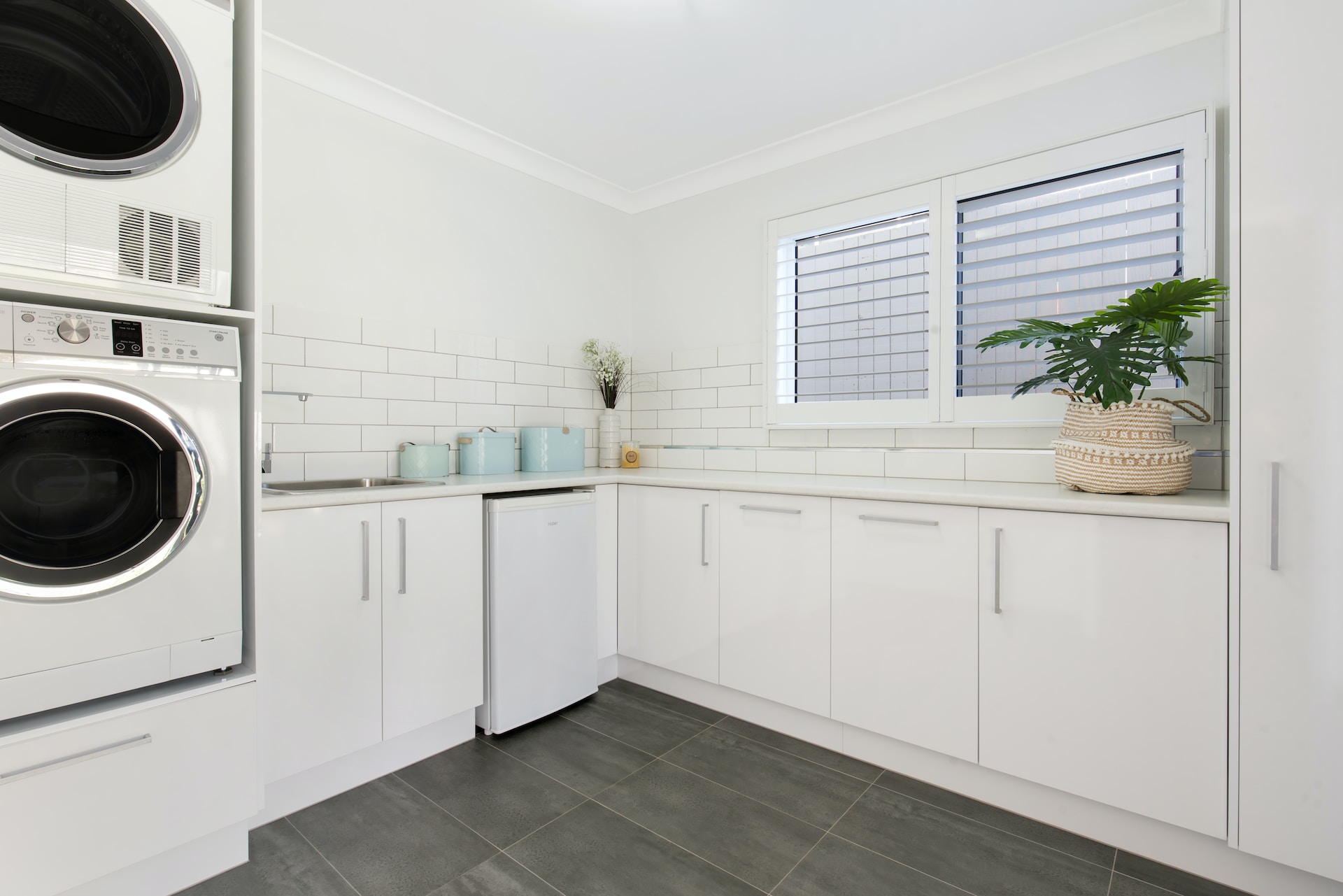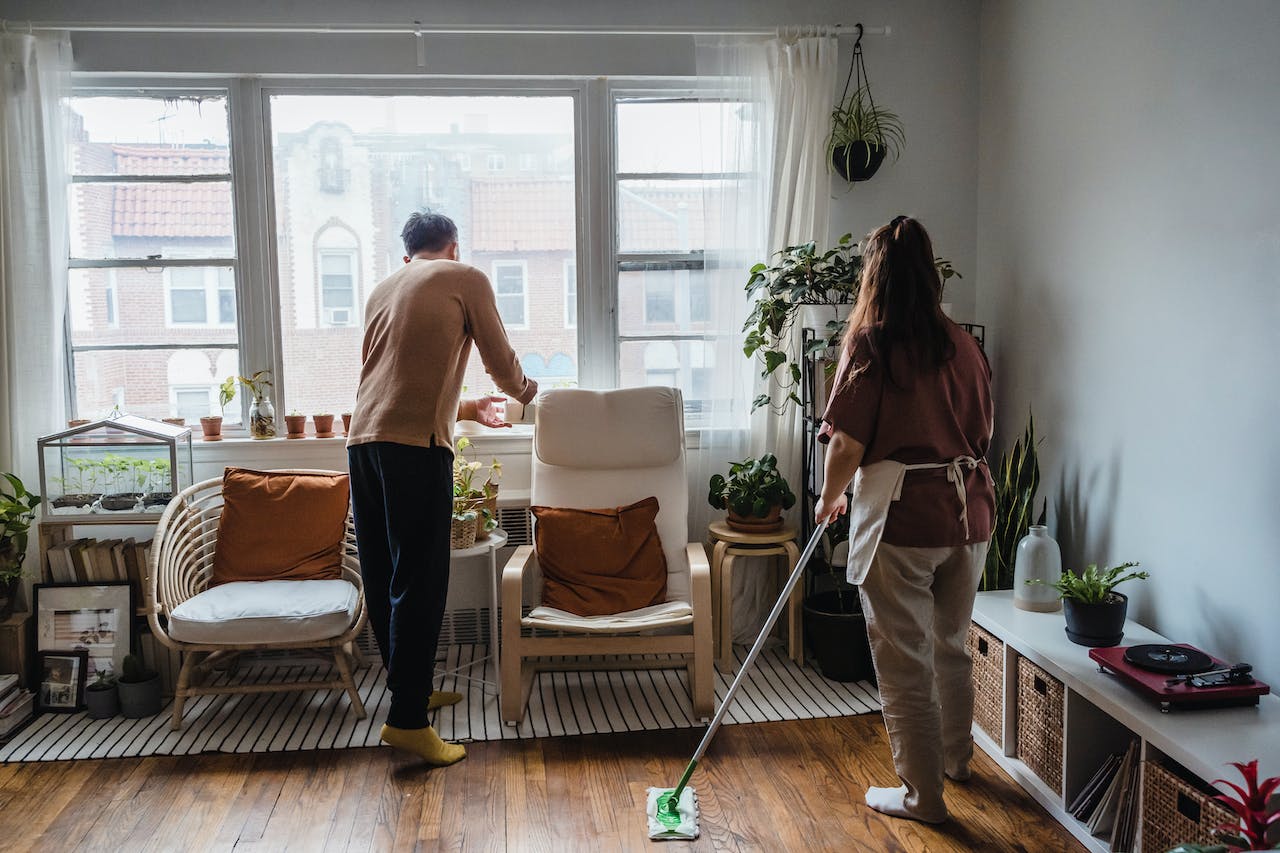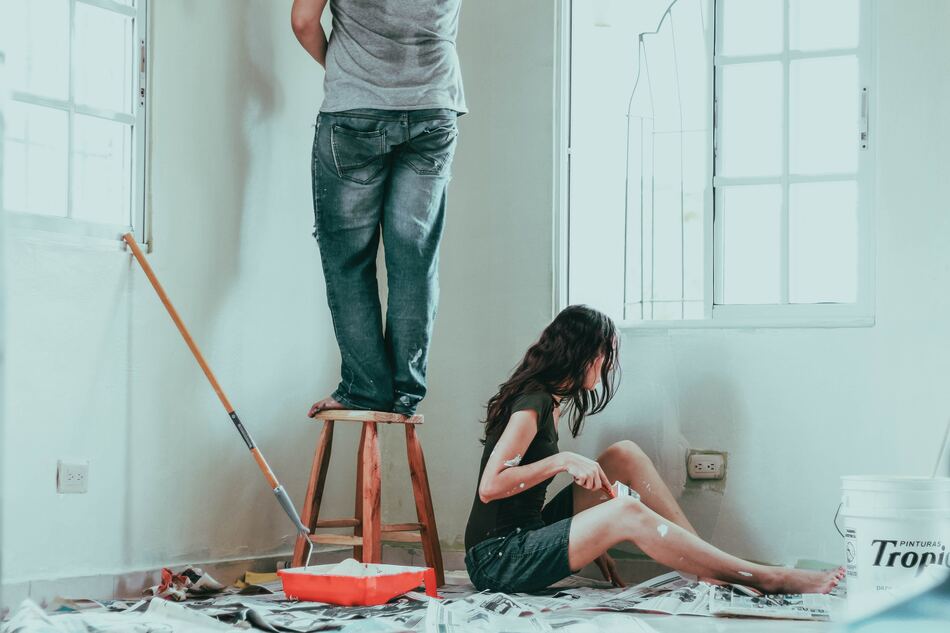Key Findings
- 1 in 20 (5%) American homes don’t meet the standard of “a suitable living environment”, as defined by Department for Housing and Urban Development (HUD)
- Pittsburgh, PA has the highest percentage of homes (8.2%) with severe issues regarding structural integrity, heating, plumbing, electricity, and pest infestations
- Riverside, CA had the lowest share of homes with serious adequacy issues — 4.2%
- People of color are 50% more likely to live in inadequate housing
- Americans with lower incomes (8%) are 4 times more likely to live in a home that’s deemed inadequate than middle-class families (2%)
- People with disabilities (8%) are 2.5 times more likely to inhabit a home with severe issues than those without disabilities (3%)
City-level Insights
- More than 1 in 10 (11%) homes in Pittsburgh, PA have structural damage, like cracks in the foundation or holes in walls and floors
- Every 1 in 8 homes (12%) in Pittsburgh, PA becomes uncomfortably cold for 24 hours or more in the winter, due to heating equipment breakdown or insufficient insulation
- Washington, DC has the highest likelihood of homes having plumbing problems (6.6%)
- Homes in Baltimore, MD have the highest rate of electrical problems at 6.7%
- Almost 15% of homes in Houston, TX have infestations of rats, mice, or mold — the highest rate in the country
According to the statistics from the latest American Housing Survey, roughly 5% of homes in the United States are considered inadequate, as defined by The Department of Housing and Urban Development (HUD).
Homes deemed “inadequate” are those that meet certain criteria for poor living conditions. HUD has a list of what these conditions are, and if a structure ticks too many of the boxes, it’s considered inadequate.
Some things that will get a home categorized this way include lacking a full bathroom or hot or cold water. Being uncomfortably cold during the winter for at least 24 hours, due to the absence or breakdown of the heating equipment, will also count towards inadequacy classification. So will homes with exposed wiring and fuses that regularly blow, and homes with leaks from the roof or holes in walls that are wider than a dime.
“Pittsburgh, PA came out the unfortunate winner of the ranking, with 8.2% of homes being plagued with serious problems. Two almost-neighbors, Washington, DC, and Baltimore, MD, were in second and third places.”
Using these definitions, about 5% of America’s housing stock — around 6 million homes — were deemed severely or moderately inadequate. Assuming an average of 2.6 people per household, 15.5 million Americans are living in substandard homes.
In this study, we peek under the hood of housing adequacy by looking at five key areas where American housing faces the most problems:
- Structural damage: cracks in the foundation, holes in floors and walls, leaky roofs and basements
- Heating: homes getting uncomfortably cold for 24h or more throughout a winter
- Plumbing: toilets not working, leaky pipes, water supply stoppages, and sewage breakdowns
- Electricity: exposed wiring and fuses, or breakers being blown at least once every 3 months
- Infestations: the presence of rodents (rats and mice), cockroaches, and mold
Taking data from the American Housing Survey, we compare 25 of America’s biggest cities to see which of them have the most and least adequate housing in the country.
From Pittsburgh, PA to Riverside, CA: Top 25 Cities, Ranked
Combining all the factors listed above, we looked at the average percentage of homes that experience at least some serious issues related to structural integrity, heating, plumbing, electrical wiring, and pest infestations.
Pittsburgh, PA came out the unfortunate winner of the ranking, with 8.2% of homes being plagued with serious problems. Two almost-neighbors, Washington, DC, and Baltimore, MD, were in second and third places.
On the flip side, we see two Californian cities: Riverside, CA and San Francisco, CA, where only roughly 4.3% of homes face critical problems.
Now, let’s look at each category of issues one-by-one to see where each particular housing issue is the most prolific.
Structural Integrity: Where Are Homes Most and Least Damaged?
Over 11% of homes in Pittsburgh, PA have some kind of structural damage. This includes cracks in the foundation, holes in floors and walls wider than a dime, and leaks from outside the structure. Every fifth home (21%) in Steel City has a leaky roof, basement, window, or door resulting in water damage.
Kansas City, MO (9%) and Cincinnati, OH (8%) follow Pittsburgh, PA as the cities most likely to have homes with structural damage issues.
The cities with the most structurally intact housing are all on the West Coast. Portland, OR, Seattle, WA, and three Californian cities of Riverside, Los Angeles, and San Francisco have 4% or fewer homes affected by issues of structural damage.
Cold Comforts: Pittsburgh, PA Has the Coldest Homes in America
About 6% of homes in the United States go cold for 24h or more over the course of a winter. The typical causes of heating problems are equipment breakdown (39%), utility interruption (20%), inadequate insulation (12%), and inadequate heating capacity (11%).
In Pittsburgh, PA, the share of homes with inadequate heating is double the national average, as 12% of its homes have been uncomfortably cold for at least 24 hours in the past year. Kansas City, MO — where almost 9% of homes go cold in the winter — also finds itself towards the top of this ranking, but in third place after Detroit, MI (9.4%).
Needless to say, if you live in the South where winters tend to be mild, you’re less likely to have heating issues. In Dallas, TX, New Orleans, LA, Houston, TX, Phoenix, AZ, and Miami, FL, the share of homes going uncomfortably cold in winter is 3% or lower.
Wet in Washington? Plumbing Issues are Most Pervasive in the Capital
According to the American Housing Survey, plumbing problems typically present as leaky pipes, stoppages to water supply and sewage disposal, and flush toilets not working properly.
On average, about 3% of American homes experience these issues regularly. Still, in Washington, DC, these issues are twice as likely to affect its residents, as 6.6% of its homes have severe plumbing problems. Most notably, 12% of homes have leaky pipes or overflow plumbing fixtures, which is by far the highest percentage in the nation.
Curiously enough, the city where plumbing seems to be most in order is New Orleans, LA. Despite its legacy of hurricane and flood troubles, only 2.7% of homes in NOLA have serious plumbing issues. Riverside, CA comes in a close second with 2.9% of homes facing plumbing problems.
Watch that Wire! Homes in Baltimore, MD Most Affected by Electrical Problems
Exposed wiring and fuses that regularly blow are the most common electrical problems in American homes. Overall, electrical issues aren’t as widespread as those involving heating and plumbing, but they can be considerably more dangerous in some cases.
The city where exposed wiring and unstable fuses are most widespread is Baltimore, MD, with around 6.7% of homes having electrical issues.
Close behind it are four cities, where electricity occasionally goes awry in 6.5% of homes. They are Washington DC, Phoenix, AZ, Pittsburgh, PA, and Seattle, WA.
The cities where homes are statistically safest from electrical problems are, again, in the South. New Orleans, LA (3.9%) and Miami, FL (3.5%) both have fewer than 4% of homes with exposed wires or breakers that blow at least once in three months.
Houston, We Have a Pest Problem: Cities Most Plagued by Infestations
In this category, we look at homes that have mold, or those that in the past year have experienced infestations of rats, mice, or cockroaches. Cities in the South may be spared from heating issues or plumbing problems, but they have infestations galore.
Based on the data, there’s an unfortunate runaway winner: Houston, TX. In this city, 15% of homes have some combination of rodents, roaches, or mold.
In fact, if we zoom in on Houston’s pest problem, we’ll see that an astonishing 35% of its homes have had roaches in the last year. In New Orleans, LA, 30% of homes were affected by cockroaches, while the overall rate of infestation for NOLA was 12.7%.
Looking for a home clear of rodents, roaches, and mold? Cities in the Pacific Northwest seem to be the safest. Seattle, WA (2.9%) and Portland, OR (4.6%) had some of the country’s lowest rates of infestations. Detroit, MI slotted just between them in our ranking, with infestations affecting only 3.5% of its homes.
Income, Race, Tenure: The Inequalities of Inadequate Housing
Certain socio-demographic groups are much more likely to live in inadequate homes. People of color, for example, are 1.5 times more likely to inhabit a substandard home than white Americans (6% vs 4%). Renters (7%) are twice as likely to live in inadequate housing than homeowners (3%).
Disabled Americans are also at higher risk of living in an inadequate home: 8% of households including a person with a disability are deemed inadequate, compared to just 3% of households without any occupants that have a disability.
As many as 8% of the poorest Americans (those earning $30k/year or less) live in a home with severe issues — that’s four times the rate of their middle-class ($60-$100k/year earnings) counterparts (2%).
Finally, the educational divide also manifests itself in housing quality. Almost 1 in 10 (9%) Americans without a high-school diploma or equivalent live in substandard housing. That’s three times higher than those with a college degree (3%).
Sources and Methodology
All the data was taken from the most recent data release of the American Housing Survey, carried out by the U.S. Census Bureau and the Department of Housing and Urban Development (HUD).
Photo by Kimson Doan on Unsplash



